Find Out Which Cascade Orthotic is Better for Your Child
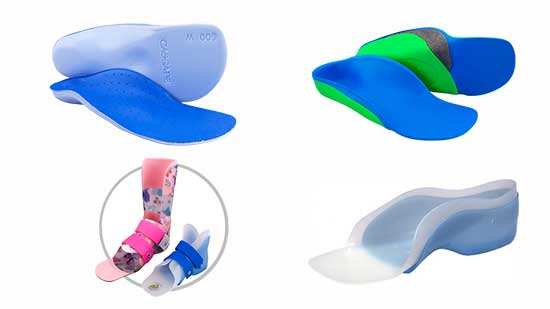
Has your child been diagnosed with a foot condition and your pediatric orthopedic specialist recommended a pair of Cascade orthotics but didn’t specify which one to get? Are you unsure which Cascade orthotic you should buy based on the degree of your child’s foot condition? Cascade orthotics stand out in the pediatric realm for their specialized design (and affordability compared to custom orthotics), which can help various foot conditions such as flat feet, overpronation, and in-toeing. The correct type of Cascade orthotics can help encourage natural growth while improving stability and correcting any misalignments.
My Experience Fitting Children in Shoes and Orthotics
I work for a specialized children’s shoe store that is certified to fit children in orthopedic shoes and orthotics. To put it simply, orthotics are tools that help kids move confidently and freely. They can also help improve your child’s foot posture and walking gait.
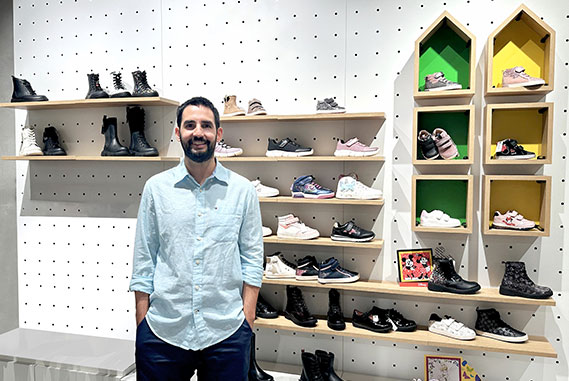
Each child’s feet present a unique challenge, and Cascade orthotics offer a variety of solutions that cater to individual needs. Whether it’s providing extra stability or allowing for a greater range of motion, the right fit can make all the difference.
Find Out Which Cascade Orthotics Will Work Best for Your Child’s Foot Problem
Cascade offers a variety of orthotic designs, each tailored for different needs and stages of development.
1️⃣ Cricket Orthotics: This orthotic is ideal for children who have flat feet and a moderate to strong degree of pronation with a fully correctable foot position. Cricket orthotics provide additional arch support and heel stabilization. The main disadvantage to this orthotic is how children complain that the plastic feels too hard against their feet.

2️⃣ Pattibob Orthotics: This orthotic comes into play when children need additional support, as it has a semi-rigid partial heel cup to help treat complex foot conditions, offering a higher degree of control. This style is often recommended by specialists for children with pronounced foot deformities or those who require strict stabilization. Depending on the degree of your child’s flat feet, you can add a foam arch fill for added stability.

3️⃣ Chipmunk Orthotics: This is my go-to orthotic made by Cascade because of its versatility, support, and comfort. Suitable for various stability levels, they cater to a broader spectrum of foot conditions without being overly restrictive. Their adaptability makes them a popular choice among parents. The material feels a lot softer compared to Cricket orthotics.

4️⃣ When it comes to substantial foot and ankle support, AFOs (Ankle Foot Orthoses) and SMOs (Supra-Malleolar Orthoses) are in a league of their own. AFOs extend from the foot to above the ankle, providing robust support, whereas SMOs focus on the area just above the ankle bone, hence ‘Supra-Malleolar’, offering targeted control and aid in alignment.
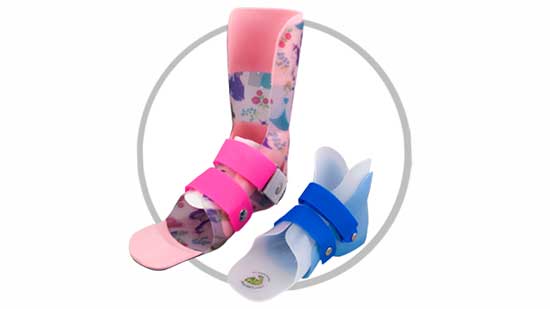
Navigating these options can be complex, but a medical professional’s insight is invaluable in selecting the right fit. They consider various factors like flexibility, motor ability, and the nature of the foot condition.
Before selecting an orthotic, we have to understand the child’s degree of their specific foot condition. Each step taken ensures we are on the right path to finding the best Cascade orthotic solution for your child.
Assessing the Individual Needs of a Child’s Feet
You can’t stress enough the importance of a tailored approach when it comes to children’s orthotics. Every child’s foot is unique and so are their needs.
In order to help you determine which specific Cascade orthotic might work best for your child’s feet, I will need three images of your child’s feet as shown below. Make sure that the images are taken on a flat surface. It’s hard to tell whether a child is flat-footed or not when the images are taken on the carpet. Below you can find a sample of how the images should look like:
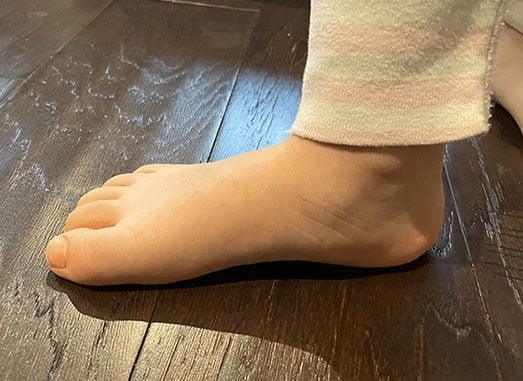
This image helps determine whether your child is flat footed and whether your child has a high instep or not.

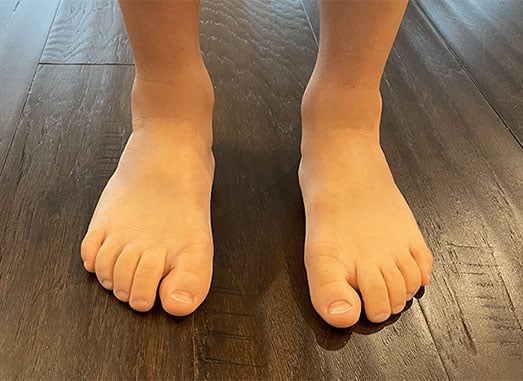
This image helps determine whether your child has narrow, medium, wide, or extra wide feet.
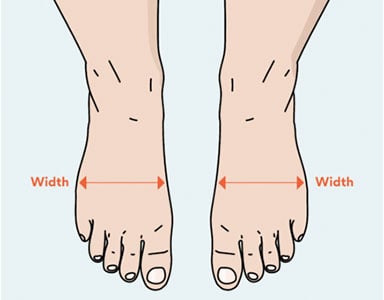
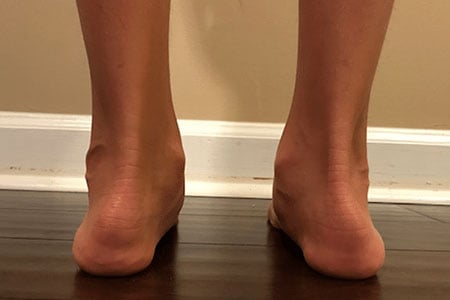
This image helps determine whether your child has rolled ankles or not.
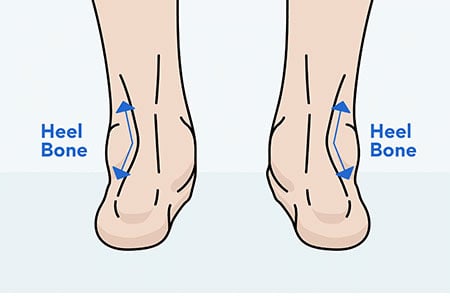
Pediatric foot conditions come in various forms, from flat feet and in-toeing to more complex issues like cerebral palsy or Down syndrome. Accurate diagnosis defines the path to the right orthotic choice.
It’s not just about correction, but also prevention and support. For instance, lighter support might be all that’s needed for mild flat feet, whereas a more robust brace could be necessary for neurological conditions that affect mobility. No matter the condition, it’s about finding that perfect balance of support and freedom of movement for each child, and that’s where the expertise in assessing and fitting Cascade orthotics becomes vital.
How to Order the Correct Cascade Orthotics Size for Your Child?
On their website, Cascade has a couple of instructional videos that will help you determine what orthotic size you should order.
Selecting the Perfect Fit: The Right Shoes for Cascade Orthotics
Choosing the right shoes to accommodate Cascade orthotics is as crucial as selecting the orthotics themselves. The compatibility between shoe and orthotic directly influences a child’s comfort level and the effectiveness of the orthotic device. Shoes that don’t complement the orthotics might hinder a child’s mobility and could negate the orthotic’s benefits.
When searching for shoes to match with Cascade orthotics, you should aim for features that ensure ease of use, comfort, and support. Look for shoes with removable insoles, which allow the orthotics to fit snugly inside without adding extra bulk. Shoes with a deeper toe box give the foot and orthotic adequate space, preventing unnecessary pressure on the toes. A firm heel counter is also important because it offers stability and helps in aligning the foot properly within the shoe.
While specific shoe models and brands will vary, some are known to work well with orthotics. Brands like New Balance, Stride Rite, and Plae design shoes that often can accommodate orthotics more easily because of their wider fit and adjustability. However, I always encourage parents to bring their child’s orthotics when shopping for new shoes. This way, they can try them on together and ensure they fit perfectly.
Maximizing Comfort and Mobility: Practical Tips for Kids Adapting to Cascade Orthotics
Regularly check for any signs of discomfort or skin irritation from the orthotics. Kids might not always verbalize their discomfort, so it’s up to the adults to be vigilant. This includes looking for red marks or complaints of pain during or after wearing the orthotics.
Remember that a break-in period is normal. Start with short periods of wear and gradually increase as your child becomes accustomed to their new orthotics. Patience is key during this time, as it can be a big adjustment for little feet.
Cascade orthotics play a crucial role in ensuring not just comfort, but proper foot development and alignment for children as they grow.
Finally, let me know if you are still unsure about which specific Cascade orthotic might work best for your child’s feet. You can contact me via email or through the comments section below and I will get back to you within 24 hours.

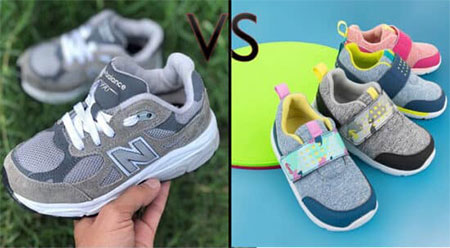
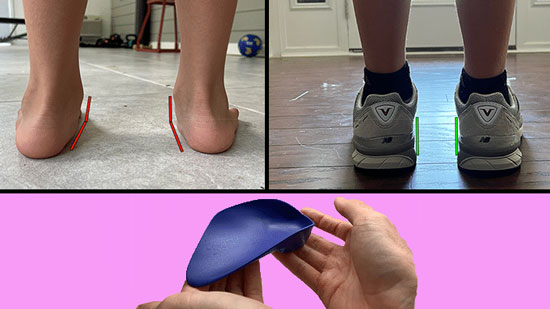
My child has flat feet with a mild degree of pronation and can’t stand most orthotics. He wears a shoe size 1 wide. Which of these do you recommend?
Hello Fiorella,
The Chipmunk orthotic is made from a softer material so that might be the way to go for your son. That specific orthotic is also ideal for children with a mild degree of pronation. Make sure that you fit them in the correct pair of shoes, as if the shoes are not comfortable, your son will refuse to wear the orthotics.